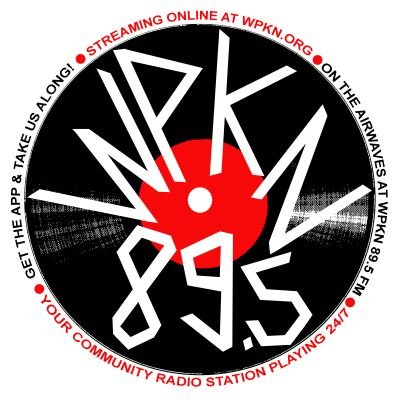On Air with the Greatest Radio Station in the World
WPKN-FM—on which you can hear a Stevie Wonder song performed by an all-women jazz septet or twenty minutes of Tuvan throat singing—moves to a new location in downtown Bridgeport, Connecticut.
By David Owen

WPKN-FM is a free-form radio station in Bridgeport, Connecticut; it is, to be honest, the greatest radio station in the world. Its broadcast signal, at 89.5, can be picked up in parts of Connecticut, Massachusetts, and New York State, including almost all of Long Island, and it can be streamed by anyone who has an Internet connection.
The station’s programming is the work of roughly a hundred volunteer hosts, who typically spend hours researching and assembling their shows. “Some are on weekly, some are on once a month, some are on the first and third weeks of the month, some are on the second and fourth weeks, and some are on the fifth week,” Valerie Richardson, WPKN’s (volunteer) program director, said not long ago. Depending on when you tune in, you might hear a Stevie Wonder song performed by an all-women jazz septet, or a dozen different covers of the same Bob Marley song, or twenty minutes of Tuvan throat singing, or a totally addictive cut by the group that the founder of Morphine founded before he founded Morphine. (As Richardson spoke, another host, in the adjacent studio, played “Turtles All the Way Down,” by Sturgill Simpson.) Because the shifts are staggered and the playlists are not generated by a corporate algorithm, you can be reasonably certain that, if you hear a song you don’t like, you’ll never have to hear it again. The station also has talk shows that no one would mistake for “Fox & Friends.”
WPKN began, in 1963, as an extracurricular activity for students at the University of Bridgeport. It has survived disco, a roof fire that briefly threatened to turn its immense LP library into a lake of molten vinyl, and the takeover of the university, between 1992 and 2002, by the Professors World Peace Academy, an affiliate of the Reverend Sun Myung Moon’s Unification Church. The station became independent in 1989, although the university continued to give it free studio space, on the second floor of the student center. That relationship ended a couple of weeks ago, largely because the university grounds had been acquired by two other institutions.
